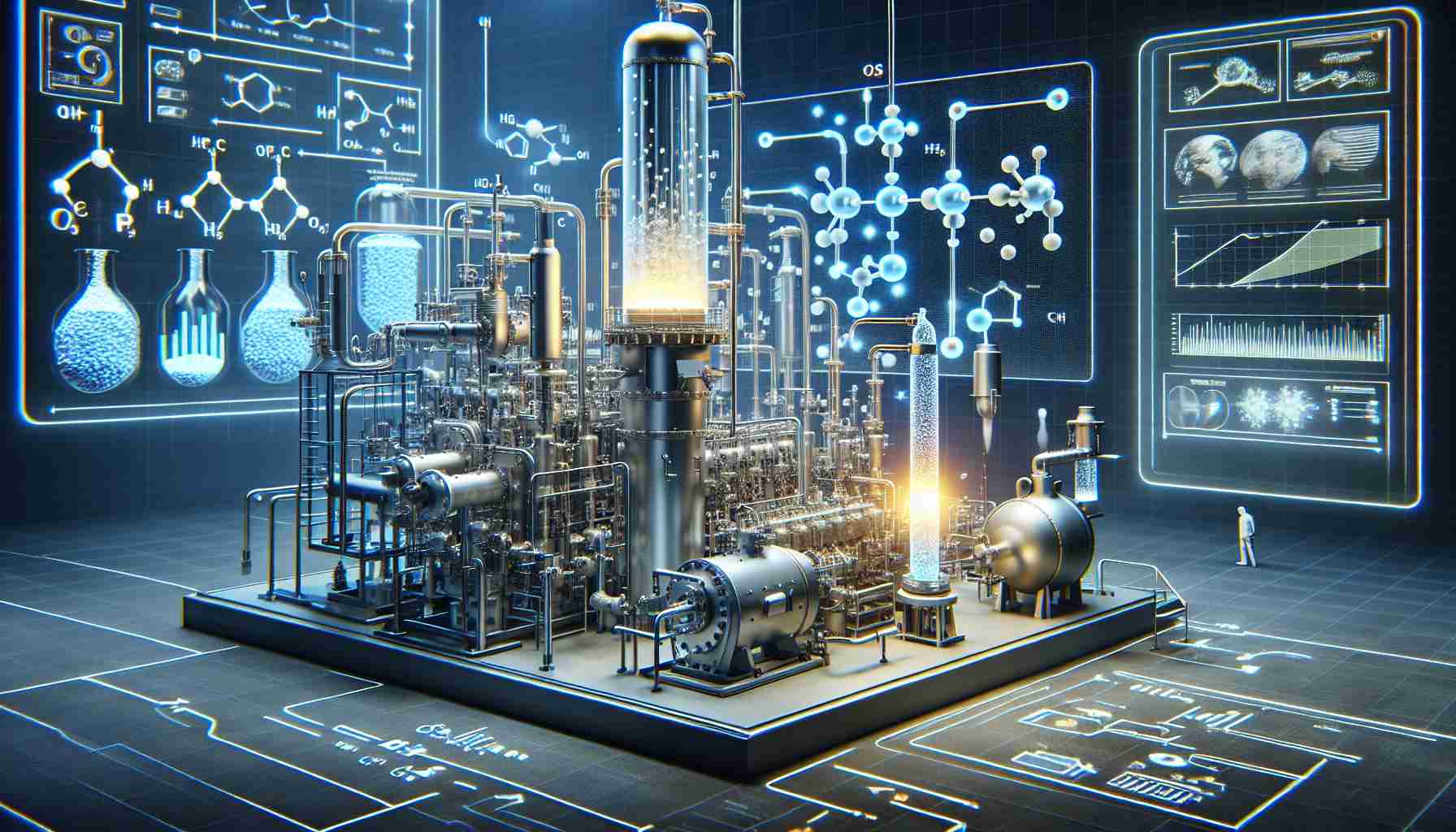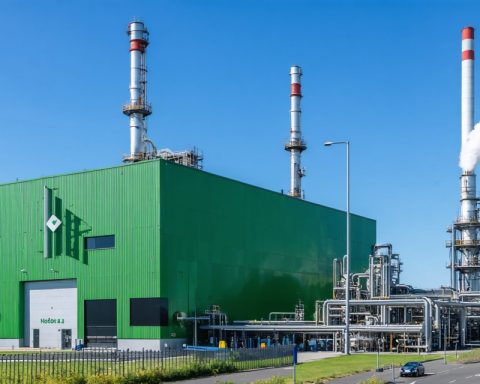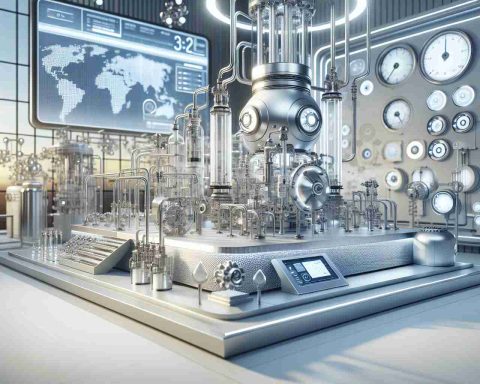The Challenges of Green Hydrogen Production
As the world shifts toward sustainable energy, developers face significant hurdles in producing green hydrogen efficiently. A key factor in this process is the integration of renewable energy sources—such as wind, solar, and battery storage—to power electrolysers. Each location presents unique wind and sunlight conditions, leading to variations in how these projects manage the utilization of green electricity, often measured on an hourly or even minute-by-minute basis.
Interestingly, the conventional wisdom that “more is better” doesn’t always hold true in this context. To optimize hydrogen production and capital expenditure, it’s essential to properly size renewable energy systems while thoroughly understanding their interrelation through localized weather and resource assessments, which require meticulous hourly analysis over extended periods.
When analyzing the costs involved in producing green hydrogen, it’s startling to discover that electricity alone accounts for a substantial portion of total expenditures—between 50% and 66%. Consequently, achieving affordability in green hydrogen production hinges on minimizing electricity costs. While the allure of maximizing renewable energy generation may seem appealing due to its free nature and available incentives, such strategies can often lead to financially unsound decisions.
Navigating these challenges is crucial in establishing a sustainable and economically viable green hydrogen industry.
Beyond Challenges: The Broader Implications of Green Hydrogen Production
The pursuit of green hydrogen production is not merely a technological endeavor; it heralds a potential seismic shift in society’s relationship with energy. As nations grapple with climate change challenges, the integration of renewable energy sources promises to pave the way for not just cleaner fuel alternatives but also a redefined energy economy.
Culturally, green hydrogen symbolizes a commitment to sustainability. Communities engaging in hydrogen projects often become focal points for innovation and environmental advocacy, fostering a culture that prioritizes eco-friendly practices. As consumers become more environmentally conscious, green hydrogen serves to reinforce this cultural shift, potentially creating a snowball effect that influences mainstream energy consumption and policy-making.
On a global scale, the economic ramifications are profound. Countries investing in green hydrogen technologies could position themselves as leaders in the burgeoning green economy, fostering new job markets in engineering, research, and manufacturing. In addition, regions rich in renewable resources may experience a geopolitical shift, as nations previously reliant on fossil fuels begin to pivot toward decentralized energy systems.
However, the environmental implications must also be considered. While green hydrogen production offers potential reductions in greenhouse gas emissions, the extraction and utilization of the resources for renewable energy can strain local ecosystems if not managed responsibly. Thus, sustainable practices in establishing these technologies are imperative to ensure that ecological benefits are not overshadowed by new challenges.
Looking forward, trends indicate that technological advancements and policy frameworks will play crucial roles in shaping the future of green hydrogen. As costs decline and methods improve, the aim of achieving widespread adoption seems increasingly viable, which may solidify green hydrogen’s position in sustainable energy portfolios globally. Ultimately, these developments could redefine not just energy markets but also the infrastructure of how society operates, signaling a move towards a more resilient and sustainable future.
Unlocking the Future of Green Hydrogen: Overcoming Production Hurdles
The Challenges of Green Hydrogen Production
As the global energy landscape evolves, the pursuit of green hydrogen is becoming a focal point for achieving sustainability. However, developing efficient production methods poses notable challenges. Central to this endeavor is the integration of renewable energy sources—such as solar, wind, and battery storage—directly into the hydrogen production process through electrolysers. The effectiveness of these integrations varies greatly depending on local climate conditions, creating the need for detailed hourly assessments of renewable energy potential.
Key Considerations in Green Hydrogen Production
1. Optimal Sizing of Renewable Energy Systems:
– Contrary to traditional beliefs, simply maximizing the size of renewable energy systems does not guarantee improved efficiency in hydrogen production. Each project requires a balanced approach where the size of renewable installations is tailored to specific environmental conditions. In-depth research into localized weather patterns is essential for making informed decisions.
2. Electricity Costs as a Major Factor:
– The cost structure of green hydrogen production reveals that electricity expenses can comprise between 50% and 66% of total operational costs. This fact emphasizes the importance of finding strategies to reduce these electricity costs to enhance the economic feasibility of green hydrogen initiatives.
3. Financial Implications:
– While the concept of generating excess renewable energy may appear attractive due to its low marginal cost and various incentives, it can lead to imprudent financial decisions if not carefully analyzed. Stakeholders need to consider long-term economic viability over short-term gains.
Pros and Cons of Green Hydrogen Production
Pros:
– Sustainability: Green hydrogen is a clean energy source with zero carbon emissions during production.
– Energy Storage: It offers potential for large-scale storage of renewable energy, helping stabilize grid systems.
– Wide-ranging Applications: It can be utilized across various sectors, including transportation, heating, and industrial processes.
Cons:
– High Initial Costs: The setup and operational costs can be substantial, especially for electrolysis systems.
– Infrastructure Requirements: Significant investment in infrastructure is necessary to support widespread green hydrogen adoption.
– Dependency on Renewable Energy Variability: Production efficiency is closely tied to renewable energy availability, which can fluctuate.
Innovations and Future Trends
The green hydrogen sector is poised for growth, with innovations emerging that promise to streamline production processes and enhance efficiency. Some key trends to watch include:
– Advanced Electrolysis Technologies: Innovations in electrolyser designs are leading to increased hydrogen production rates and lower operational costs.
– Grid Integration Solutions: Developing smarter grids that better integrate and manage renewable energy can reinforce the stability of hydrogen production.
– Policy Support and Incentives: Maturing policy frameworks that capitalize on green hydrogen’s potential are essential for fostering investment and development.
Market Analysis and Predictions
The global green hydrogen market is anticipated to see exponential growth in the coming decades. Analysts predict that, driven by technological advancements and supportive regulatory frameworks, the cost of green hydrogen production will continue to decline, making it a feasible alternative energy source. Sectors such as transportation and heavy industry are expected to lead in the adoption of green hydrogen solutions, particularly as emissions reduction becomes a priority globally.
Security and Sustainability Aspects
When considering green hydrogen production, it is crucial to evaluate the security and sustainability of the entire supply chain. Ensuring that renewable energy sources are responsibly managed and that production methods themselves pose minimal environmental impact will be pivotal as this industry develops.
For further insights into the evolving landscape of green hydrogen and renewable energy, visit energy.gov.


















